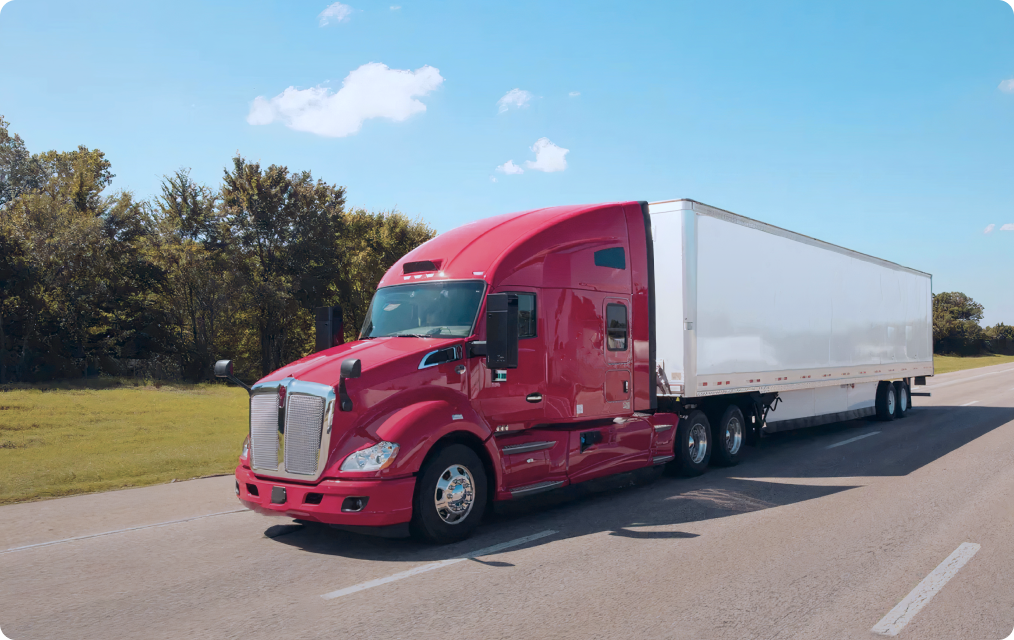5 Key Features of International Road Transportation

International road transportation plays a pivotal role in the global supply chain, facilitating the movement of goods across borders and connecting regions that might otherwise be difficult to reach. Road transportation is still an essential part of international logistics, whether it is used for short- to medium-distance travel or to connect with other modes of transportation like air or sea. This post will discuss five essential features that make international road transportation necessary for trading across borders.
Key Feature 1: Flexibility and Accessibility
The accessibility and adaptability of international road travel are two of its greatest features. Road transportation has the unique ability to travel to remote regions that might not be reachable by air, sea, or rail. Many logistics companies choose it because of its ability to transfer items directly from point A to point B, even in remote or hard-to-reach locations.
This flexibility allows businesses to maintain smooth supply chains for cross-border trade. For instance, the trucking routes that connect the United States to Mexico or Canada are vital hubs for several industries, such as agriculture and the automotive sector. Road transportation, especially for short- to medium-distance travel, is well-suited since it provides a direct connection to rail or seaports, facilitating easy transfers between modes of transportation.
Key Feature 2: Cost Efficiency
Road transport also has the significant benefit of being less expensive, providing a balance between cost and speed. While it may not be as swift as air freight or as economical over long distances as rail, it is a fantastic choice for companies that require a dependable and reasonably priced method of shipping products across international borders.
Road transportation costs can differ depending on several factors, such as the cost of fuel, tolls, and the route used. However, for many businesses, the cost is justified by the speed at which goods can be moved without requiring several transfers. It is also the best choice for deliveries that need to be made quickly or for moving cargo over short distances that aren’t worth using the train or the airplane.
Key Feature 3: Door-to-Door Service
Road transport’s door-to-door capabilities are a big plus, especially for international logistics. Road transport is able to pick up items from a warehouse or business and deliver them directly to their destination. This feature speeds up the entire transportation process by reducing the need for additional handling and lowering the chance of damage or loss.
For international shipments, this means less complexity. For example, this direct service saves time in warehouses and on loading docks for commodities transferred between European countries or across the U.S.-Canada border. For companies, door-to-door services make logistics easier, especially for those in charge of just-in-time supply chains.
Key Feature 4: Regulatory and Border Compliance
Cross-border road transportation comes with its own set of challenges, particularly when it comes to regulatory and border compliance. Transporters have to follow the customs laws, tariffs, and documentation requirements of each country. If you don’t follow the rules, you risk delays, fines, or even having your products seized.
For example, road transportation companies are required to abide by certain regulations under agreements such as NAFTA (now USMCA) while transporting goods between the United States, Mexico, and Canada. In the same way, European Union road transport regulations guarantee smooth operations. To prevent needless delays or legal problems, trucking companies and their clients must stay aware of all recent regulatory developments.
Key Feature 5: Technological Advancements
The road transportation industry is always changing, and technology is essential to optimizing operations. GPS tracking enables real-time shipment monitoring, providing clients and logistics providers with visibility and control over their items while they are in transit.
The sector has also undergone a change thanks to digital freight platforms, which have made booking, route planning, and carrier-shipper contact easier and faster. The development of autonomous trucks and smart highways, among other automation breakthroughs, also holds promise for changing the face of road transportation in the future. Devices connected to the Internet of Things (IoT) are being used more frequently to track cargo status and guarantee its quality and safety while it is in transit.
Conclusion
International road transportation remains a cornerstone of global trade due to its flexibility, cost efficiency, and door-to-door capabilities. While challenges like regulatory compliance and border restrictions exist, the industry is continuously evolving to meet these demands with the help of technology. As global supply chains become more complex, road transport will continue to play a critical role in connecting businesses and markets across borders, offering accessible and reliable solutions for international freight.
By understanding these key features, businesses can better navigate the landscape of cross-border road transportation and leverage it to optimize their supply chains and improve efficiency.
